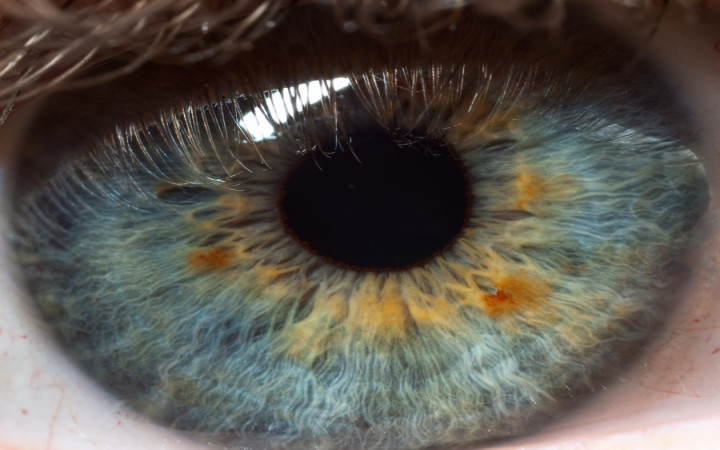Do you like to stay up late? Of course you do! Who doesn't like to extend their bedtime by a few minutes or even a few hours? It's only natural to want to keep the fun going when you're having a good day.
But are you a night owl by nature? Some people seem to function better later in the evening, while others tend to be the most productive during the day. If you've ever stayed up late at night with friends, you may have noticed something peculiar about their eyes. Have you ever noticed that your eyes seem to look bigger in the dark?
If you've ever noticed this phenomenon, you're not just imagining things. A part of your eye does indeed get bigger in the dark. What are we talking about? The pupil, of course!
To learn why this happens, we need to know a bit more about the eye itself. The outer part of your eye that you can see and feel is called the cornea. Just behind the cornea sits the iris, a circular membrane that gives your eyes their color.
The iris plays an important role in the proper functioning of the eye. Its job is to control the amount of light that enters the eye through your pupil, which is the opening in the middle of the iris that looks like a black circle.
Why is this role so important? Like a camera depends upon light to capture vivid images, your eyes depend upon the correct amount of light to see properly. During the day, less light is needed to see the things around you. At night, however, more light is usually needed to see things you might have seen easily during the day.
To control the amount of light entering the eye, the iris widens or narrows to change the size of the pupil. For example, when it's dark, the iris widens and the pupil dilates, or gets bigger, to allow as much light as possible to enter the eye.
The opposite occurs during the day. When the Sun is shining bright, the iris narrows and the pupil constricts, or gets smaller. This restricts the amount of light entering the eye, allowing only enough light to see properly.
The amount of light can vary wildly throughout the day and into the night. Your pupils respond and react accordingly as light levels fluctuate. The size of the pupil can change in size from as little as 1.5 millimeters to over 8 millimeters in diameter.
In addition to controlling the amount of light that enters the eye, your pupils can also change size in response to emotional stimuli. If you're mad or afraid or even in love, your pupils can change in size as your body feels these emotions.
Your pupils can also constrict and dilate as a result of a variety of medicines and drugs. In fact, doctors will often shine a light into a patient's eyes to test the reaction of the pupil to determine whether the body appears to be functioning properly.




